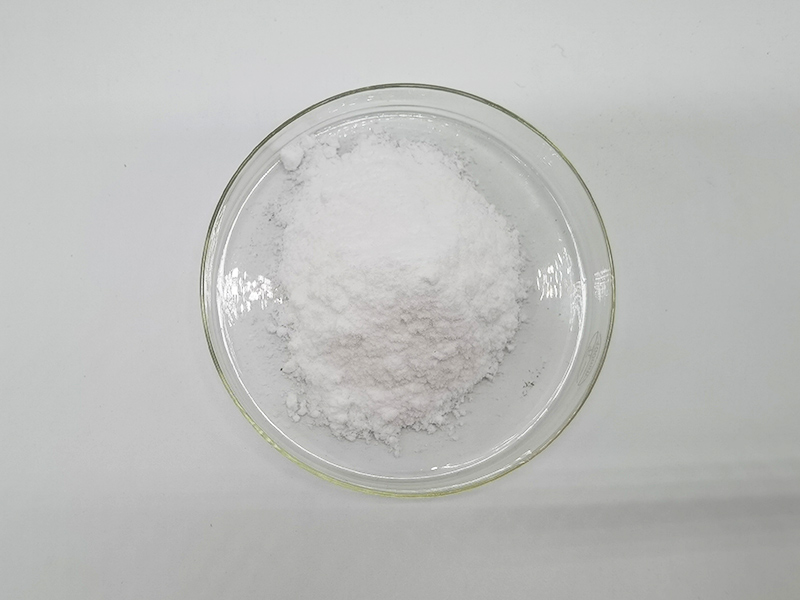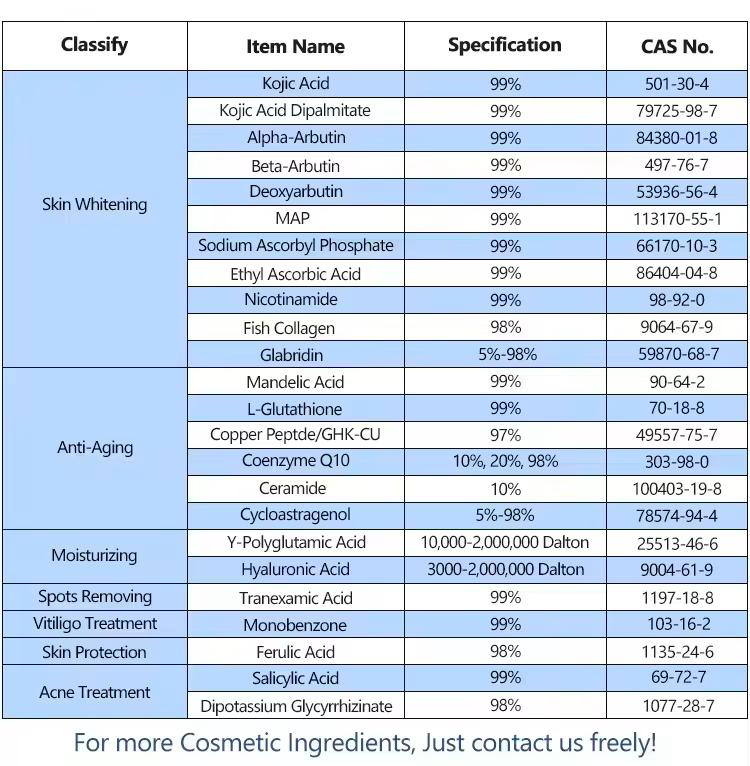Methylparaben is a compound commonly used as a preservative in a wide range of personal care products, cosmetics, pharmaceuticals, and food. Here’s a breakdown of its origin, properties, and usage:
Origin of Methylparaben:
Methylparaben is derived from para-hydroxybenzoic acid, which occurs naturally in many fruits, such as blueberries and cherries, as well as in some vegetables. However, the methylparaben used in commercial products is typically synthesized in laboratories rather than extracted from natural sources.

Properties of Methylparaben:
Preservative: Methylparaben is primarily used as a preservative to prevent the growth of bacteria, yeast, and mold in products. It helps extend the shelf life of cosmetics, skincare products, pharmaceuticals, and some food items.
Chemical Structure: Methylparaben belongs to the family of parabens, which are esters of para-hydroxybenzoic acid. Its chemical formula is C8H8O3, and it is typically synthesized through the esterification of p-hydroxybenzoic acid with methanol.
Solubility: Methylparaben is soluble in alcohol, ether, and propylene glycol. It is also sparingly soluble in water, which allows it to be easily incorporated into various aqueous formulations.
Stability: It exhibits good stability under normal storage conditions and is resistant to heat and light, making it suitable for use in a wide range of products.
Introduction of Methylparaben:
Methylparaben, along with other parabens like ethylparaben, propylparaben, and butylparaben, has been used as a preservative in cosmetics and personal care products for decades. Its introduction into consumer products was driven by its effectiveness in preventing microbial growth, thus helping to maintain product quality and safety over time.

However, concerns have been raised about the potential health risks associated with parabens, including their ability to mimic estrogen in the body and potential links to hormone-related disorders and cancer. As a result, there has been growing consumer demand for paraben-free products, leading to the development of alternative preservatives and formulation strategies by manufacturers.
Regulatory agencies in various countries, such as the U.S. Food and Drug Administration (FDA) and the European Commission’s Scientific Committee on Consumer Safety (SCCS), have evaluated the safety of parabens in cosmetics and concluded that they are safe for use in concentrations up to certain limits. Nevertheless, many manufacturers have opted to reformulate their products to meet consumer preferences for paraben-free alternatives.
